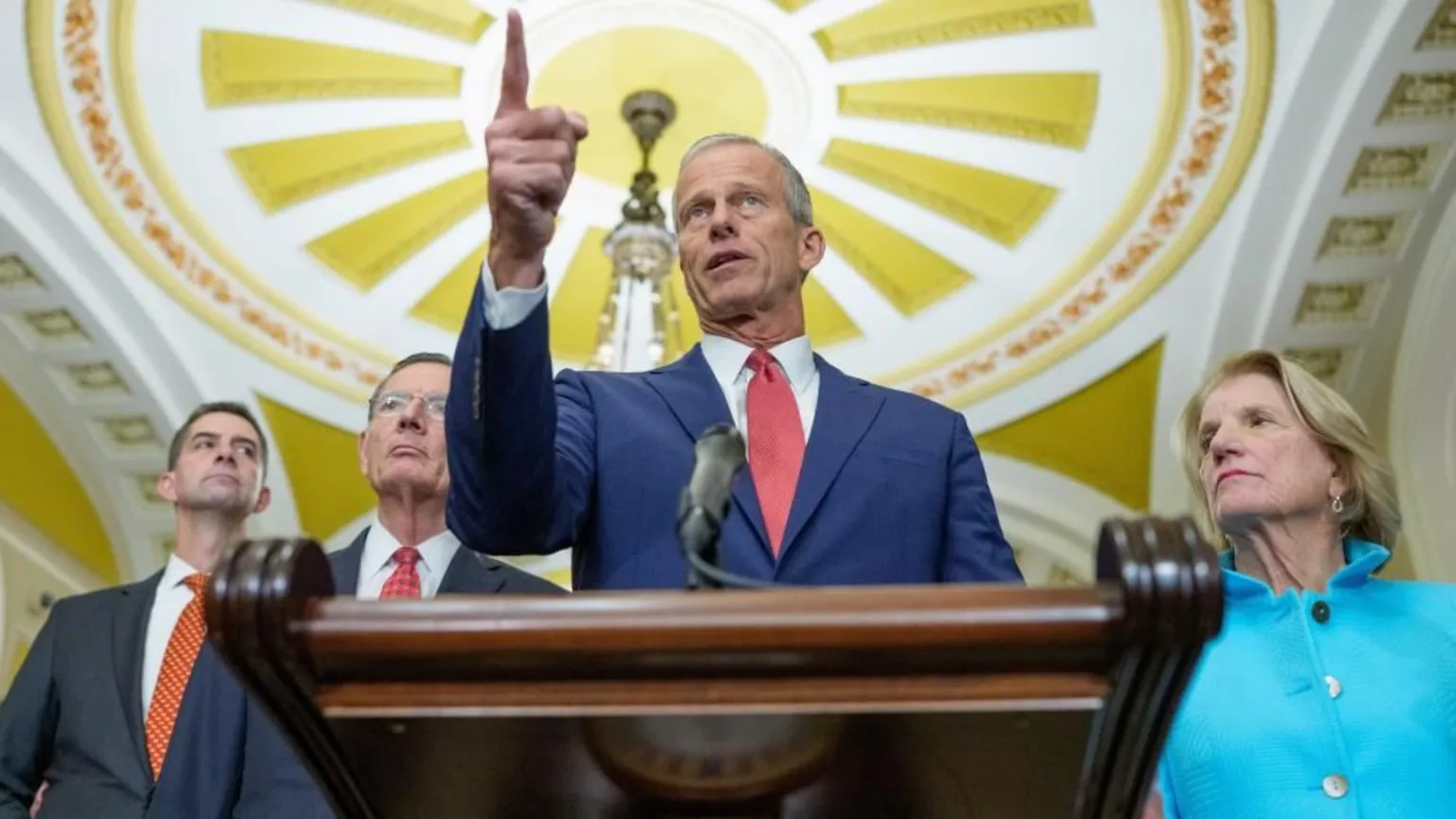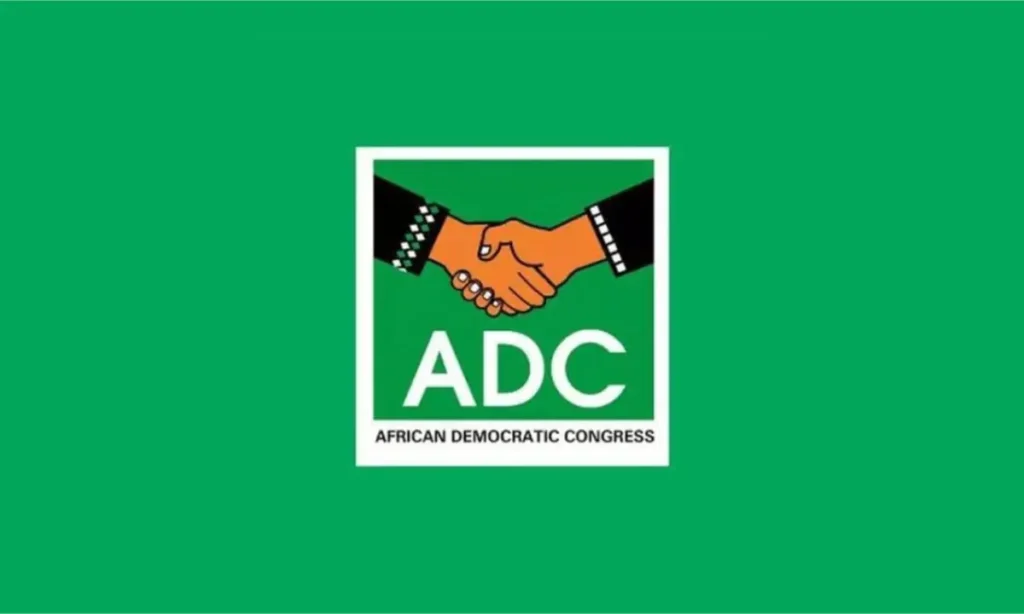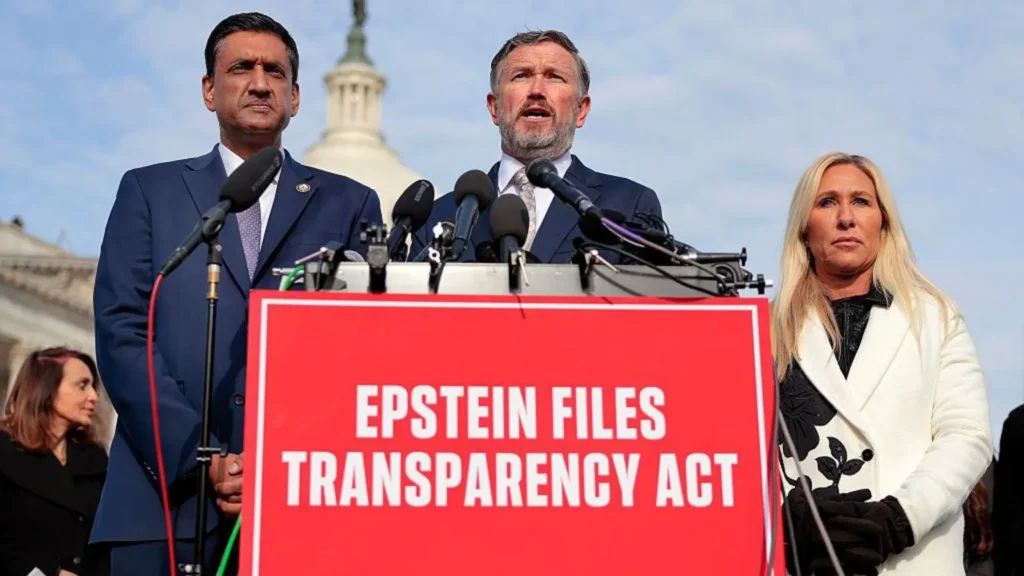Now Reading: US Senate Approves Deal to End Record-Breaking Government Shutdown
-
01
US Senate Approves Deal to End Record-Breaking Government Shutdown
US Senate Approves Deal to End Record-Breaking Government Shutdown

The US Senate has passed a deal aimed at ending the longest government shutdown in American history, signaling the first step toward restoring federal operations after more than 40 days of deadlock.
The agreement, reached after a weekend of negotiations in Washington DC, saw a minority of Democrats join Republicans in supporting the measure. Senate approval marks a procedural step toward funding the government, but the deal must still pass the House of Representatives before federal employees and services can fully resume.
The shutdown, ongoing since 1 October, has affected approximately 1.4 million federal workers, either furloughed or working without pay, and disrupted key services including air travel and food benefits for 41 million low-income Americans.
The deal was negotiated by Senate Majority Leader John Thune, Democratic Senators Jeanne Shaheen, Maggie Hassan, and Independent Angus King, alongside the White House. Republicans, holding a 53-47 Senate majority, needed at least 60 votes to pass the agreement. They secured eight cross-party votes, with Senator Rand Paul opposing over debt concerns.
Key provisions of the agreement include:
- A vote in December on extending healthcare subsidies due to expire this year.
- Funding for three appropriations bills covering agencies such as Veterans Affairs and Agriculture.
- A continuing resolution to finance the remaining government operations until 30 January, leaving the potential for a shutdown early next year.
- Guaranteed back pay for federal workers affected by the shutdown.
- Funding for the Supplemental Nutrition Assistance Program (SNAP) until next September.
The agreement drew criticism from some Senate Democrats, who argued it failed to address urgent healthcare concerns. Senate Minority Leader Chuck Schumer confirmed he would vote against the deal, while other high-profile Democrats, including California Governor Gavin Newsom, labelled the bipartisan compromise as “pathetic.”
Senate Majority Leader John Thune hailed the bipartisan effort, saying, “We have senators, both Democrats and Republicans, who are eager to get to work to address that crisis… and a president willing to sit down and get to work on this issue.”
The deal marks progress toward ending the historic shutdown, but federal services will not fully resume until the House passes the agreement.





















